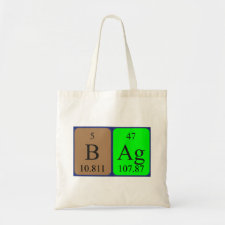
Authors: Bakhshizadeh M, Sazgarnia A, Seifi M, Hadizadeh F, Rajabzadeh G, Mohajeri SA
Article Title: TiO2-based mitoxantrone imprinted poly (methacrylic acid-co-polycaprolctone diacrylate) nanoparticles as a drug delivery system.
Publication date: 2017
Journal: Current Pharmaceutical Design
Volume: 23
Issue: (18)
Page numbers: 2685-2694.
DOI: 10.2174/1381612823666170214122413
Alternative URL: http://www.eurekaselect.com/node/150099/article
Abstract: Background: Light delivery in photodynamic therapy is a challenging issue in deep cancer treatment. To solve this problem, photosensitizers are conjugated to X-ray luminescent nanoparticles. When the complexes are stimulated by X-rays during radiotherapy, the nanoparticles generate light and activate the photosensitizers. Methods: Core-shell molecularly imprinted polymers (MIPs) were prepared against mitoxantrone (MX) in which TiO2 nanoparticles were applied as a core, diacrylated polycaprolctone as a biodegradable cross-linker and methacrylic acid (MAA) or 4-vinylpyridin (4-VP) as the functional monomer. TiO2 was selected as a scintillator, MX as a photosensitizer and MIP as a drug delivery system in order to evaluate the possibility of using photodynamic therapy (PDT) during radiotherapy in the next studies. Binding properties of polymers and drug release profile were studied and the optimized MIP was characterized by SEM, TEM, EDS, FT-IR and XRD. Also, cytotoxicity and free radical production were also studied in vitro. Results: Data indicated that MAA-based MIP had superior binding properties compared to its non-imprinted polymer (NIP) and higher imprinting factor value than MIP-4VP. Drug release experiments indicated higher MX released amount from MAA-based MIP than the other polymers. MAA-based MIP was selected as an optimized carrier for MX delivery system. According to the results, the size of MX-MIP@TiO2 was reported to be less than 75 nm. The free radical production and cytotoxicity of nanoparticles were also evaluated in vitro. Conclusion: The results of the present work proposed the possibility of applying MIP layer as a drug delivery system around TiO2 nanoparticles
Template and target information: mitoxantrone, MX
Author keywords: Drug delivery system, molecularly imprinted polymer, mitoxantrone, Nanoparticle, TIO2



Join the Society for Molecular Imprinting

New items RSS feed
Sign-up for e-mail updates:
Choose between receiving an occasional newsletter or more frequent e-mail alerts.
Click here to go to the sign-up page.
Is your name elemental or peptidic? Enter your name and find out by clicking either of the buttons below!
Other products you may like:
 MIPdatabase
MIPdatabase









